Asbestos is still present in a number of school buildings where immediate removal would be impractical or too expensive. Charles Pickles, Chief Technical Officer of Lucion Services, discusses how asbestos in schools can be managed safely
Even though asbestos has been banned in construction materials since late 1999 and a huge amount has been removed from buildings over the years, there are still many school and education buildings where the decision has been made to leave it in situ and manage its presence.
This choice to manage asbestos-containing materials (ACMs) may not necessarily be a bad one as asbestos in good condition can be safe as long as its presence is known about and the material is maintained. However, for those responsible for asbestos in schools, the crucial question is: How it can be dealt with safely?
Of course, the hazard is the presence of asbestos, but the risk to occupants is when asbestos fibres become airborne and can be inhaled. An asbestos survey identifies the hazard, but on its own rarely identifies the risk to an effective level; the key requirement is to target resources by proper assessment and effectively control any real risks present.
To completely eradicate the risk posed by damage to, and deterioration of, ACMs, there have been calls for the complete removal of asbestos in schools.
However, while it is vital that everyone continues to recognise the risks to health associated with asbestos fibres, full consideration needs to be given to the resources, practicalities and scale of work that would be required to meet these ambitions.
For instance, the design of many older education buildings means that the only way to completely remove any asbestos present would be to almost totally dismantle parts of them or demolish the entire building.
There are no projections on what the cost of this work would be to the UK taxpayer or how any removal costs would compare to the costs of alternative forms of management and reassurance monitoring that are now available to duty holders.
As a result, although setting out a long-term strategy for the removal of asbestos in schools remains a legitimate objective, financial considerations and pressure on resources mean it is not feasible to remove all asbestos materials in the short term.
In the circumstances, there are many arguments in favour of periodic monitoring of air samples in schools using modern analytical techniques, rather than simply monitoring ambient air conditions after asbestos repairs or removal works have been completed.
For example, there have been a number of reported cases where air sampling has identified situations where asbestos fibres were being released into classrooms and corridors. However, without regular monitoring it is impossible to tell for how many years this may have been taking place or at what levels.
In such situations, the impact of any release of fibres from classroom cupboards, slamming doors, damage to walls and columns or from heaters might only be properly identified by periodic air sampling.
To meet this need, reassurance air monitoring using powerful scanning electron microscopy (SEM) can more effectively measure occupational exposure concentrations for asbestos in workplace premises than other techniques.
SEM enables asbestos in air to be quantified to very low levels, typically achieving lower limits of detection to 0.0005 fibres/cm3 and below, compared to the 0.01 fibres/cm3 capability of standard phase contrast microscopy (PCM). SEM can also distinguish between different asbestos fibre types and other non-organic fibres using energy dispersive X-ray analysis (EDXA).
Current analysis using standard PCM has a limit of detection wholly unsuitable for risk assessment in an occupied environment and is only really valid for asbestos removal monitoring.
In such circumstances, SEM’s ability to more accurately determine whether asbestos fibres are present means it can better identify the level of any risk that might be present – and what remedial actions are required. As a result, asbestos risk measurements in specific school locations can be used to prioritise risk and target spending on abatement accordingly.
This means that scarce maintenance resources can be properly allocated for the treatment and removal of the most dangerous ACMs in schools, with the continued management of any remaining asbestos until a phased programme of asbestos removal can be initiated.
In this way, reassurance air monitoring utilising modern analytical techniques can ensure the effectiveness of asbestos management plans and provide the reassurance that children and teachers are not being exposed to harmful fibre levels.
Lucion has produced a special white paper on asbestos in schools and reassurance monitoring using SEM. It is available at: http://www.lucionservices.com/asbestosinschools/
The effective monitoring of asbestos in schools will be a key focus of this year’s Asbestos: The Truth conference, the UK’s largest asbestos safety management conference. It will take place on 8 November at the Hilton Deansgate Hotel in Manchester. Full details at www.asbestosthetruth.com. ■


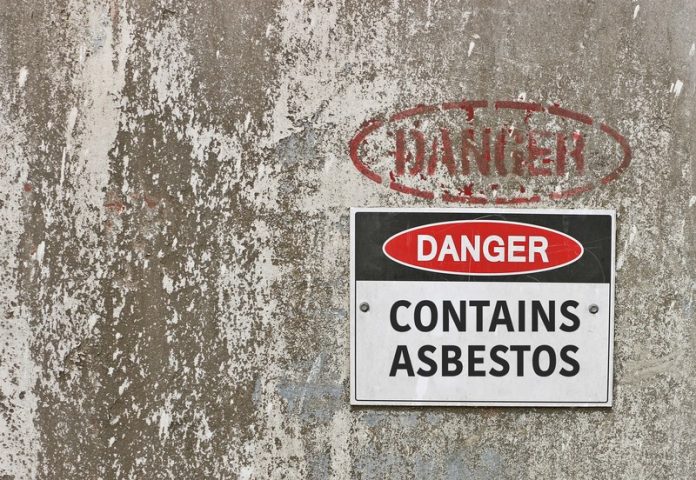
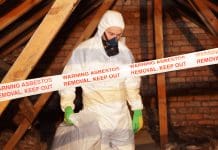
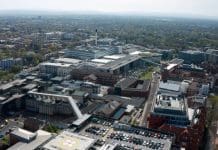
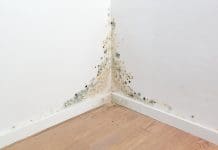
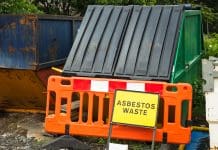
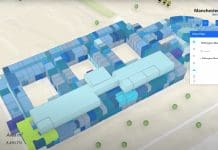
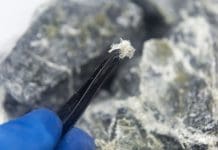
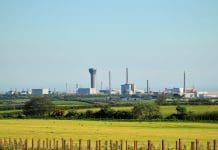




![[VIDEO]What to expect when you’re inspecting: Using DorTrak for fire door inspections](https://www.pbctoday.co.uk/news/wp-content/uploads/2025/02/maxresdefault-218x150.jpg)